Matching Colors to Your Home’s Style
Choosing the right color scheme for your home can significantly affect its overall feel and functionality. Each room serves a unique purpose, so selecting colors that align with these purposes is essential. Bedrooms often benefit from soothing tones like blues or greens, which promote relaxation. Kitchens and dining areas, on the other hand, can feel lively with warm shades like yellows and oranges. Neutrals, such as white or beige, create a versatile foundation that works well throughout the house. Consider the natural light in each room, as it impacts how colors appear at different times of the day. Sampling paints on the walls before committing to a color can help you make an informed choice. A deliberate approach ensures a cohesive and harmonious color flow throughout your home.
It’s also important to think about the furniture and décor in your home when choosing colors. Bold wall colors can clash with vibrant furniture, while neutral walls provide a flexible backdrop. In living rooms, soft earth tones or grays pair well with most furnishings. Accent walls, painted in a striking shade, add personality without overwhelming the space. Keep in mind that color trends change, so timeless hues are a safer long-term investment. If you want to experiment with trends, try incorporating them through smaller elements like throw pillows, rugs, or artwork. This approach allows you to update your space easily without significant costs. Striking a balance between personal taste and practicality leads to a visually appealing home.
When choosing exterior paint, consider your home’s architecture and surroundings. Homes in urban areas might look best in contemporary neutral tones, while rural homes can blend well with earthy greens or browns. Roof color, landscaping, and even your neighbors’ homes can influence your decision. A well-chosen exterior color enhances curb appeal, making your home inviting and memorable. Test samples on a small section of the exterior to observe how they appear in natural light. Different weather conditions, like bright sun or overcast skies, can alter the look of a color. Maintenance is another factor; lighter colors show dirt more easily and may require frequent cleaning. Thoughtful color selection ensures your home’s exterior looks polished and cohesive.
Lastly, don’t overlook the psychological impact of color in your home. Bright hues like yellow can evoke energy and positivity, making them ideal for creative spaces. Cooler colors like blue create a sense of calm, suitable for bathrooms or offices. Some colors, such as red, can increase appetite and might work well in dining areas. Test how different colors make you feel in small doses, such as by using swatches or sample furniture. Remember that colors interact with each other, so pair them thoughtfully to avoid visual clutter. If you feel uncertain, consulting a color expert or using online visualization tools can help. Investing time in your color decisions ensures a home that feels comfortable, inviting, and truly your own.
Categories
Recent Posts

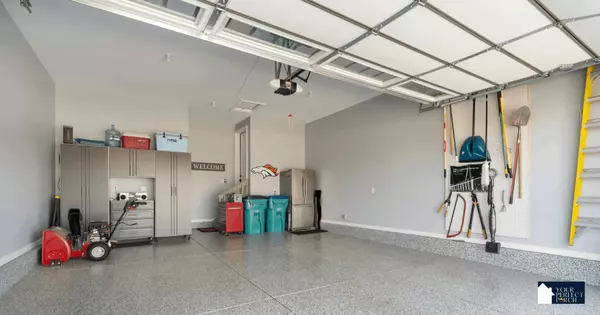
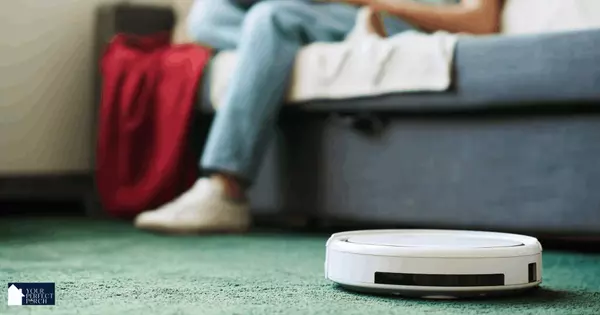
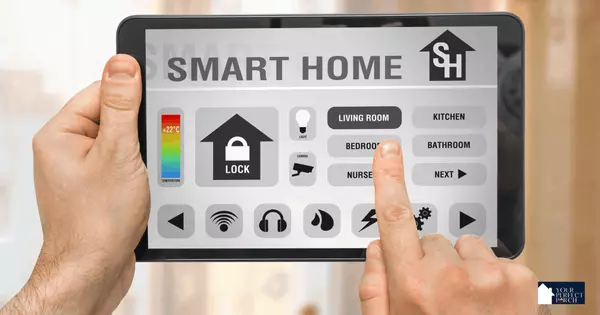

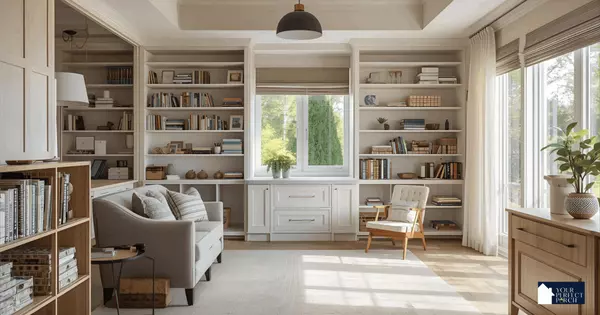
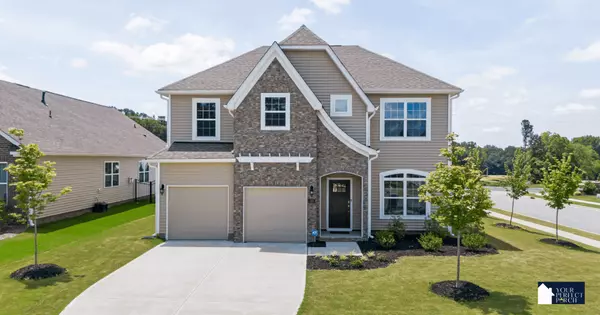
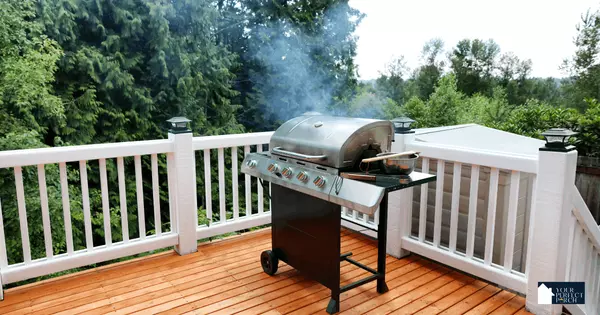

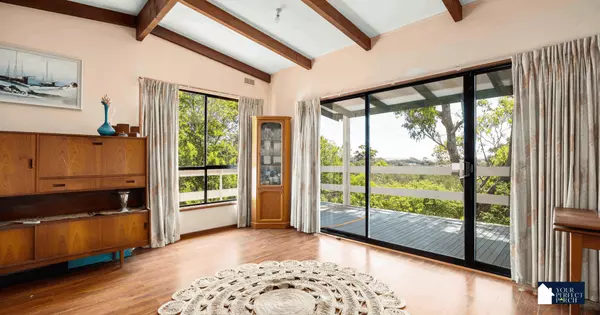
GET MORE INFORMATION

